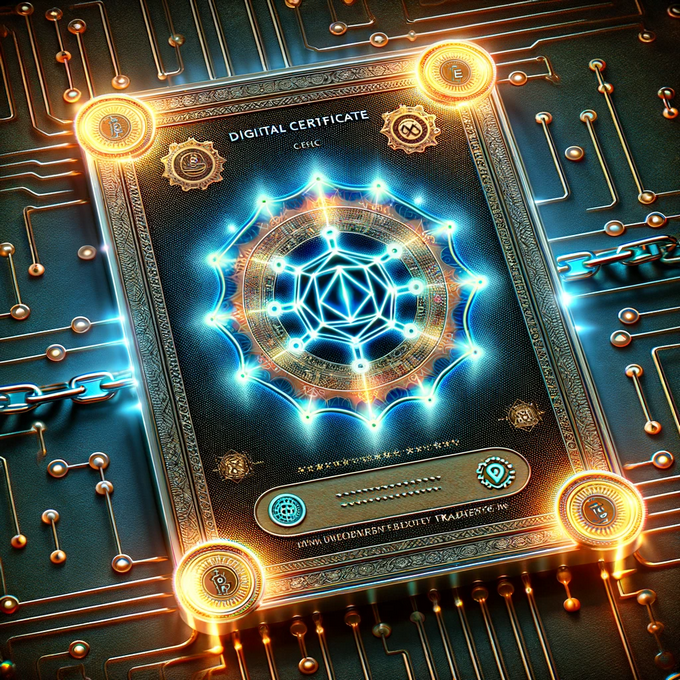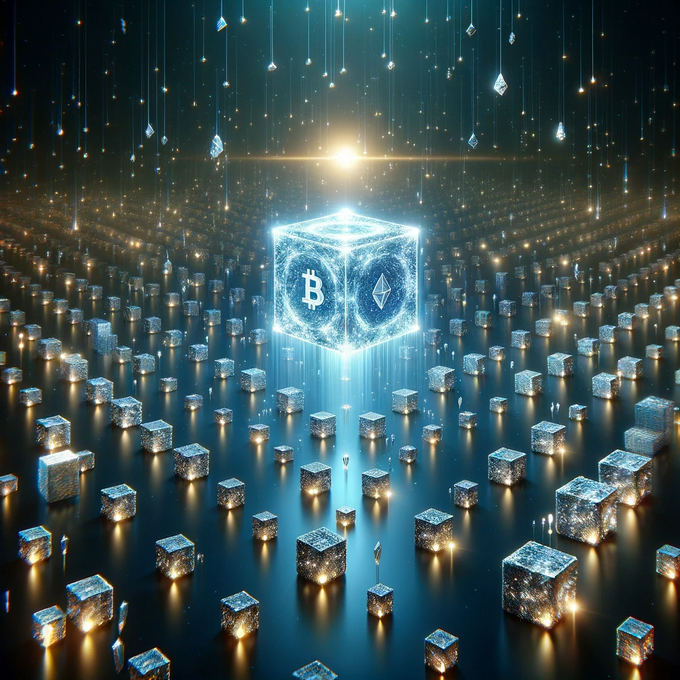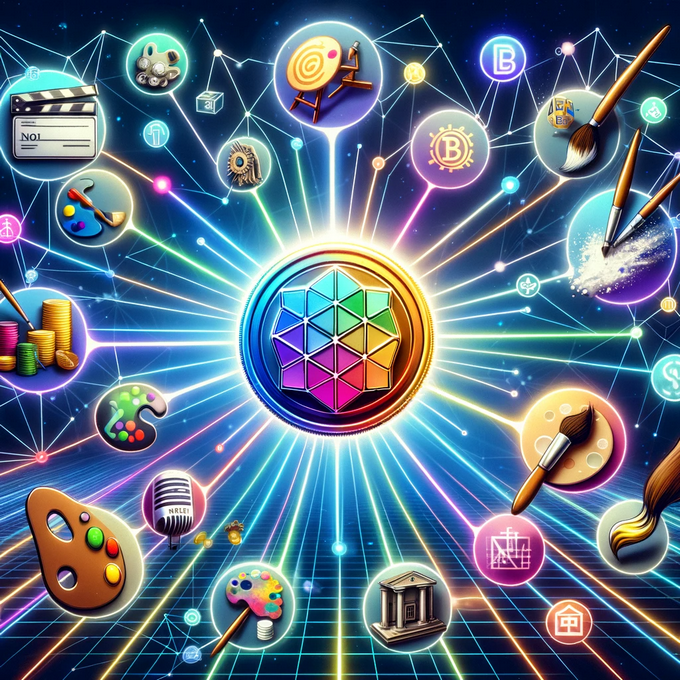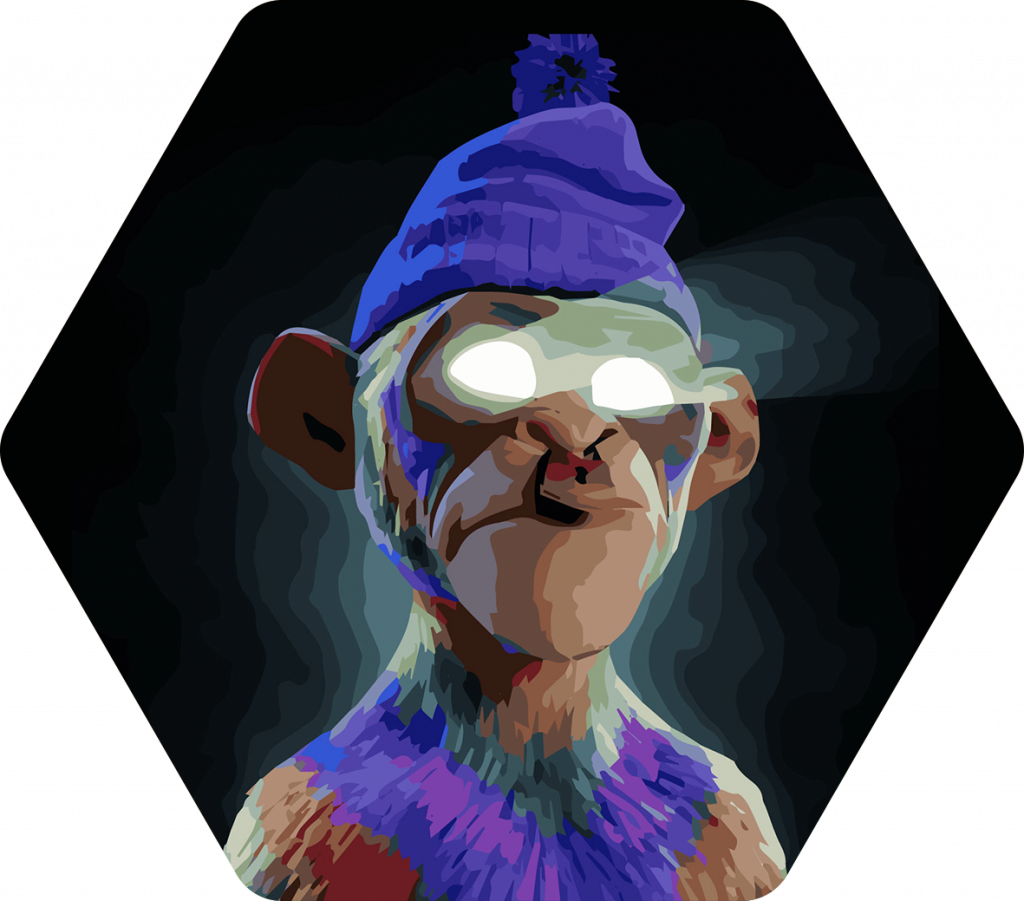What Makes NFTs Different from Other Digital Assets?
Non-Fungible Tokens (NFTs) are a revolutionary invention in the constantly changing digital ecosystem. They separate themselves apart from traditional digital assets with distinctive qualities that are changing the notion of digital ownership and value. When we explore the subtle differences between NFTs, we reveal the complex features that not only make them unique but also highlight how they have the ability to completely transform digital exchanges and transactions.
Particular Recognition and Evidence of Possession
The indivisible character of NFTs is fundamental to their uniqueness. An NFT, in contrast to other digital assets, is a single, complete asset with a unique identity that confirms its ownership and validity. Because this digital ownership certificate is unchangeable and stored on a blockchain, the origin of the NFT is safe and traceable.

Compatibility Throughout Platforms
The interoperability of NFTs is another essential component. Their compatibility with different platforms and ecosystems is a feature made possible by the standardization of NFTs on blockchain protocols like ERC-1155 and ERC-721. Because of this, NFTs are more useful and have a greater chance of being integrated into a variety of digital settings. They can move across contexts with ease.
Automation and Intelligent Contracts
NFTs are more than just immobile assets; smart contracts that allow for programmable functions are frequently integrated into them. The terms of the agreement are explicitly put into the code of these self-executing contracts, which may automate tasks like royalty payments, which give artists a part of revenues each time an NFT is sold to a new owner.
Provable Rarity and Scarcity
One essential characteristic that gives NFTs value is scarcity. Creators may now create scarcity in a world where replication is otherwise infinite by limiting the number of editions of a digital product and using blockchain technology to show uniqueness. Because of their scarcity, which is comparable to the uniqueness of a real item, NFTs are very appealing to investors and collectors.


Enhanced Market Dynamics and Liquidity
In contrast to conventional digital assets, NFTs provide increased liquidity thanks to a 24/7 worldwide marketplace. NFT owners have access to a large customer base, which facilitates faster sales and a dynamic pricing environment that adjusts prices in response to demand.
Royalties and Intellectual Property Rights
A new paradigm for managing intellectual property rights is made possible by NFTs. It is possible for creators and artists to maintain control over their work even after it has been sold by programming royalties into the NFTs. The secondary market, which typically offers no compensation to the original creators, is thus revolutionized.
Many Use Cases and Growth into Different Industries
The adaptability of NFTs has resulted in their application across a range of industries, from art and entertainment to real estate and identification. Their potential is only beginning to be realized, and they are certain to uncover new use cases and sectors where they can add value.


Technological Developments and Environmental Aspects
As with any emerging technology, NFTs are constantly evolving. With that comes the responsibility of addressing the environmental impact of blockchain technology. Innovations are underway to ensure that the benefits of NFTs can be enjoyed without compromising ecological sustainability.
FAQ
-
Q: What exactly are NFTs?
A: NFTs, or Non-Fungible Tokens, are digital assets that represent ownership of a unique item or piece of content, such as artwork, music, or videos, using blockchain technology.
-
Q: How do NFTs differ from cryptocurrencies?
A: Unlike cryptocurrencies, which are fungible and can be exchanged on a one-to-one basis, NFTs are unique and cannot be exchanged on a like-for-like basis, which means each NFT has a distinct value.
-
Q: Can anyone create an NFT?
A: Yes, anyone can create (or ‘mint’) an NFT with a digital file and by using a platform that supports NFT creation, as long as they have the legal rights to the content.
-
Q: Are NFTs environmentally friendly?
A: The environmental impact of NFTs largely depends on the blockchain they are built on. Some blockchains require significant energy for transactions, but others are moving towards more energy-efficient technologies.
-
Q: What are the main uses of NFTs?
A: NFTs are used for a variety of purposes, including digital art, collectibles, gaming items, digital real estate, and more, with new applications being explored continually.






